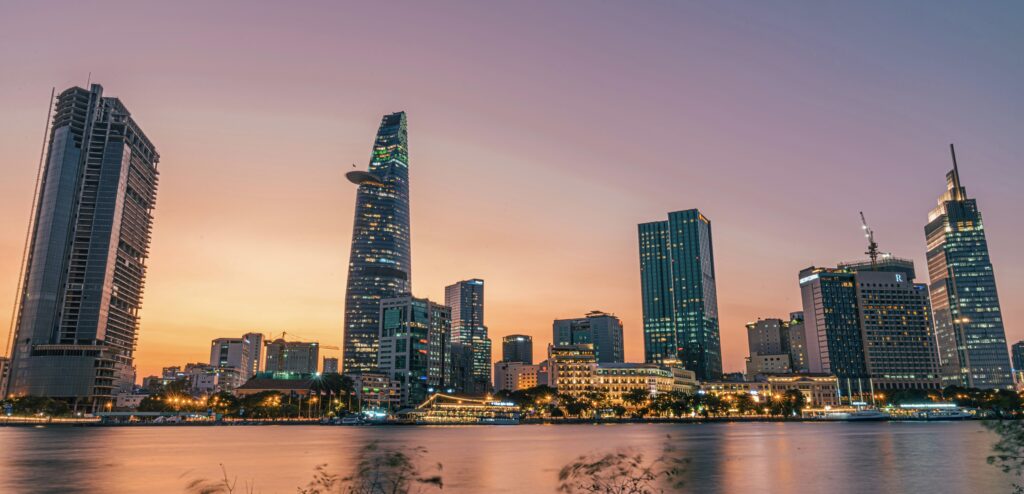Ho Chi Minh City Master Plan Approved

On 2 January, the Prime Minister signed a Decision to approve the master plan for Ho Chi Minh City for 2021-2030, with a vision to 2050. This master plan sets out a series of ambitious goals for the socio-economic development of the southern metropolis over the course of this decade.
In this article, we look at what the authorities have in store for Vietnam’s business and commercial hub over the rest of this decade and the implications for foreign enterprises and international investment.
First, the master plan sets out an average annual growth target of between eight-and-a-half and nine per cent in gross regional domestic product (GRDP) from 2021 to 2030. If achieved, this would surpass the seven per cent recorded in 2024 and see GDRP per capita reach around USD 15,000 in 2030. This increased purchasing power bodes well for growth in sectors such as retail, consumer goods, and services like education and health where demand tends to rise in lock-step with income.
Second, the master plan outlines a series of targets for different sectors and industries. Today, the service sector makes up a significant share of GRDP in Ho Chi Minh City. The plan aims to maintain this at over 60 per cent of GRDP, of which digital services will account for 40 per cent. Meanwhile, the industrial and construction sector is projected to make up 27 per cent of GRDP (22 per cent of this will come from manufacturing). The plan to create an international financial center in Ho Chi Minh City – which we covered here – will help to boost the local service sector and its share of GRDP.
Third, the master plan aims to develop new sectors and industries in Ho Chi Minh City. New technologies are a particular focus, with plans to develop the manufacturing of electronic components, batteries, and chips alongside high added-value products like pharmaceuticals, renewables, and semi-conductor materials. Meanwhile, traditional industries like textiles and furniture will be modernised to increase production. The plan also includes a target to increase productivity in the city’s labour force, with seven per cent annual growth over the course of this decade to surpass a score of 0.85 on the Human Development Index.
Fourth, population growth is expected to continue apace. From around nine million people in 2023, the population of Ho Chi Minh City is set to rise to 11 million people in 2030 and as much as 14.5 million people in 2050. This would see the city’s urbanisation rate reach 90 per cent. Continued population growth will increase pressure on local infrastructure. However, the first metro line opened in December 2024 with the second slated for 2030, and this should start to ameliorate traffic congestion.
Ho Chi Minh City remains one of the most attractive destinations in Vietnam for foreign investors and enterprises. The city attracted USD 1.76 billion in registered FDI capital in 2024, the third-highest figure behind Bac Ninh (USD 3.47 billion, or 16.9 per cent of the total) and Quang Ninh (USD 1.78 billion, or 8 per cent of the total).
However, Ho Chi Minh City attracted more new projects (40.4 per cent), more adjusted capital (14.6 per cent), and more capital contributions and share purchases (70.4 per cent) than anywhere else in the country last year, according to figures from the Ministry of Planning and Investment.
If the local authorities meet the targets set out in the master plan, and if infrastructure investment projects such as the metro and the upgrades to Tan Son Nhat airport proceed on schedule, the city will remain an attractive investment destination for foreign enterprises. To find out more about doing business in Vietnam, just contact our team on: contact@apflpartners.com
Disclaimer: This article and its content are for information only and are not given as legal or professional advice. they do not necessarily reflect all relevant legal provisions with respect to the subject matter. Readers should seek legal or professional advice before taking or refraining to take any action.


